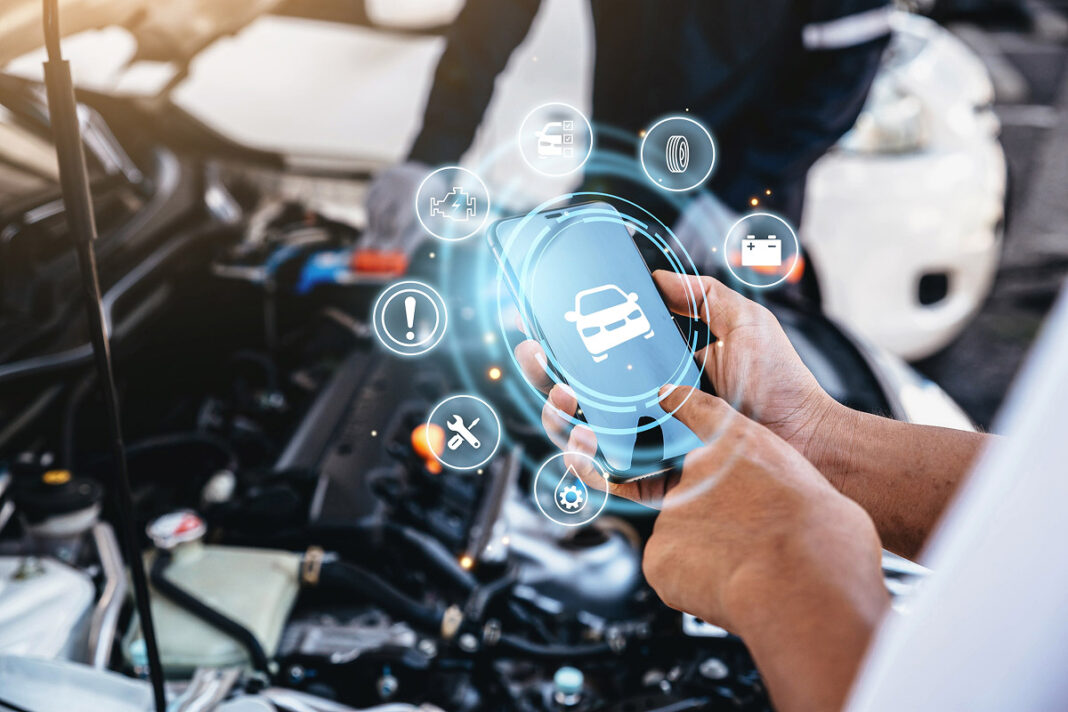Knowing how to maintain a car, whether new or preowned, is crucial for longevity. Its maintenance need not be highly elaborate. While there are a few things that only a professional can do to ensure the car stays running smoothly for years to come, extending a car’s life can simply mean keeping it clean and free of debris and dust. There are also a few other ways that can help car owners keep their cars in good repair.
Maintain Tires
A top tip for extending a car’s lifespan is to take care of its tires, which can last three to six years or up to 80,000 miles. Regardless of the car’s age or type, the tires need to be in good condition. Usually, all cars need to have a matching tire set with a generous tread and climate rating suitable for driving conditions in the area. A light summer rain and worn-out tires can turn even the smoothest roads into an accident hazard. So, it is important to change them regularly, especially when noticing signs of wear and tear.
It is also recommended to check each tire for excessive wear, sidewall bulges, and balding. Besides this, the tires must also be rotated at least once a year or after every 10,000 miles. Additionally, it is recommended to monitor the air pressure of each tire.
Inspect Engine Oil
One of the best car maintenance practices is regularly changing the engine oil. High-quality oil is required to ensure all parts of the car’s engine run properly and smoothly. Every car’s manual specifies when the engine oil must be replaced. Some cars need an oil change every 5000 miles, but others can require it after every 10,000-mile interval. However, car owners still need to change the oil after a year even when the mileage interval is not hit within 12 months, mainly because the oil can degrade and lose its viscosity after a year.
Furthermore, they need to check the level of oil at regular intervals. If the levels are not right, it may indicate that the oil is leaking or burning off. They must also check the oil’s color; they should change it if it’s dark or has metal particles.
Check Other Fluids
A car owner must also check for other fluids like brake fluid, engine coolant, power-steering fluid, transmission fluid, and windshield washing fluid. Inspecting the levels of each of these fluids and topping them off whenever necessary is essential for regular car maintenance. Among these, the level of windshield washing fluid is the easiest to find out; the windshield nozzles stop releasing water whenever the water lever is hit. As for the other fluids, a car owner needs to pop the hood open to check the levels. They can follow the service intervals specified by their car manufacturer. The fluids can also be replaced earlier if they have a dirty appearance or when parts of the car that use them do not function properly.
Examine All Lights
Checking the headlights, taillights, and lights over the license plate is part of every essential car maintenance checklist. Driving with malfunctioning lights is hazardous and can incur hefty fines from traffic authorities. Many cars have a feature that provides a warning light or message whenever any exterior lights are not working. Even if there are no such indicators, car owners can easily check the working status of these lights by simply turning them on and checking them physically when stepping out of the car. Brake lights can be harder to check, and another person may need to hold the brake pedal down while the other checks whether the light is working.
Check Windshield Wipers
Preventative maintenance to extend car life involves regular inspection of the windshield wipers and replacing them whenever needed. Driving a car with malfunctioning wipers is never safe, as the line of sight can be clouded with droplets on the windshield. A car owner needs to change the wipers once a year or every couple of years, depending on the overall weather in their area. If the climate is dry and hot, the wiper’s rubber layers may degrade quickly. In such cases, the wipers have to be changed more frequently. If a car has rear wipers, these also need to be checked and replaced regularly.
Inspect the Battery
Keeping a check on the battery must be a part of every routine maintenance for a longer car life. The battery provides the necessary power to every electric part of the car. Suppose its voltage drops or the battery malfunctions; it will not be able to provide the necessary power to start the engine.
The battery’s function can be checked using a digital tool known as a multimeter. Most car mechanics and professionals have this instrument at their shop. Batteries generally last several years; some even run for over 10 years when maintained properly.
Examine the Brakes
Brakes are essential safety features, similar to tires. A top tip for preserving car health is never letting the brakes wear out to the point where they are ineffective. Car owners must do the necessary servicing whenever there are squealing noises or pulsations while braking. The servicing can involve changing the rotors or brake pads.


